With the country confronting a pandemic, a racial reckoning, and an economic crisis, you’d be right in thinking that President Trump should have a lot of urgent issues on his mind. Instead, he recently fled from Washington to visit friendlier territory in northern Maine – where he proclaimed that the Northeast Canyons and Seamounts Marine National Monument would be now open to all commercial fishing.
This rollback of the monument’s core protections will harm the unique deep-sea corals, marine mammals, and other incredible wildlife living in the monument. It will harm us, as the ocean already bears the brunt of the climate crisis. And it will not provide any relief to the New England fishing communities that the president claims to care about.
It’s also illegal.
CLF has partnered with NRDC, Center for Biological Diversity, and Zack Klyver, a veteran whale watch observer and advocate, to take the administration to court for its latest attack on our public lands and waters.
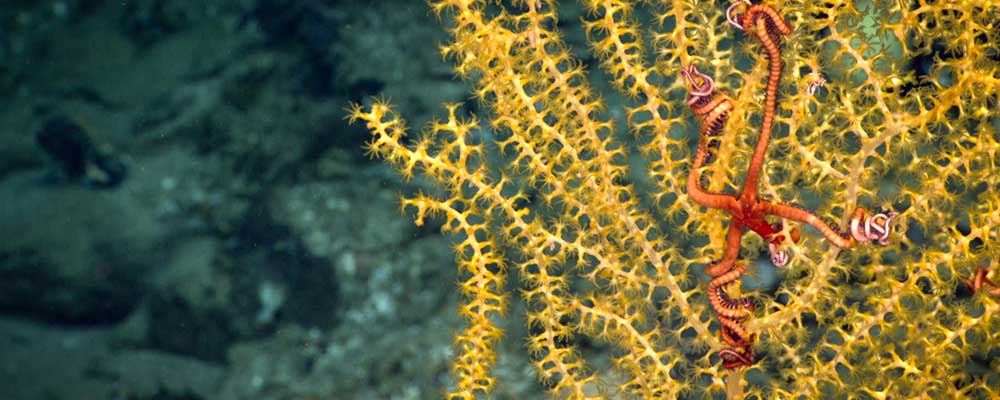
The Northeast Canyons and Seamounts is the only fully protected area in the U.S. Atlantic Ocean, covering about 1 percent of New England’s waters. Fully protected means no commercial fishing, no sand and gravel mining, no oil and gas drilling, no industrial development of any kind. Free from these threats, a rich diversity of ocean wildlife – from vibrant deep-sea coral and dense schools of fish to pods of dolphins, porpoises, and whales – thrive within the monument’s boundaries.
Stripping the monument of its commercial fishing restrictions would drop that tiny fully protected statistic to zero.
The monument, made up of three canyons deeper than the Grand Canyon and four extinct underwater volcanoes, was designated both for its rich biodiversity and its scientific value. Many rare species have been discovered in the canyons and seamounts. With every new research expedition, we’re still discovering new species and gaining new ocean knowledge.
The canyons cut deep into the continental shelf and are home to a rich food web – including krill and small deep-water fishes like hatchet fish and lantern fish. At the canyon heads, scientists have seen layers of krill over a hundred feet thick and extending for miles out from the canyon wall. This makes the water above the canyons an ideal feeding ground for animals like squid and forage fish, as well as top predators like whales and dolphins.
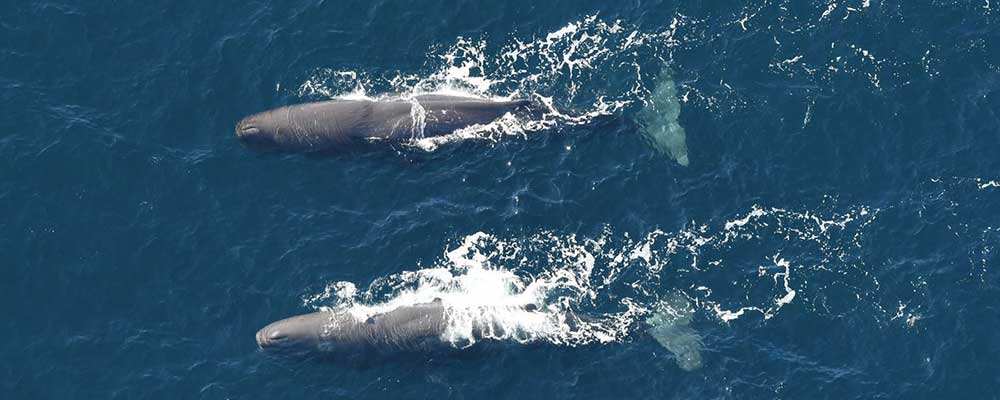
Canyons support so much of the marine ecosystem that they have been called “keystone structures.” Like a keystone species, the ecosystem depends on the health of these structures and would change dramatically without them.
The seamounts rise thousands of feet from the ocean floor. They create oases in the ocean that provide migratory predators like tunas, sharks, and marine mammals plenty of food. They also support communities of species native to the seamounts.
At Bear Seamount, the most studied of the monument’s seamounts, surveys have documented a wide diversity of animals, like fishes, squids, and crustaceans, several of which were new records for the region or species rarely seen on our side of the Atlantic – and yet our best estimate is that we’ve discovered only 47 percent of Bear Seamount’s rich biodiversity.
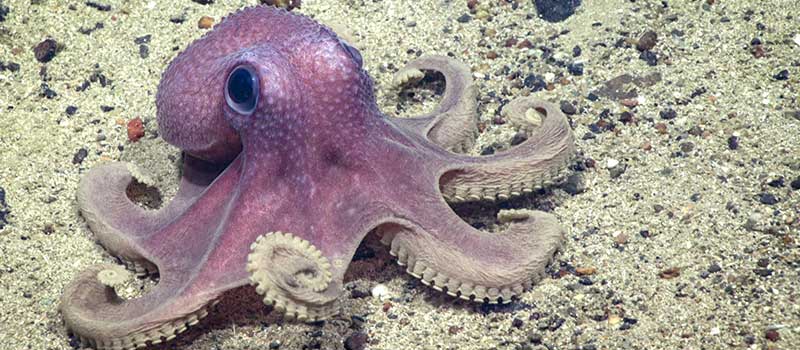
Plain and simple, President Trump does not have the legal authority to eliminate or significantly reduce protections in our national monuments.
The Northeast Canyons and Seamounts monument was created by President Obama in 2016 using the Antiquities Act, which presidents of both parties have used since 1906 to protect areas of scientific, cultural, or historic value on land and in the sea. It doesn’t allow presidents to decimate them. Federal courts have already affirmed that our Atlantic marine monument was created legally and that the Antiquities Act can be used to protect ocean waters as well as lands. In his decision, the judge wrote that “our people should see to it that [the Canyons and Seamounts] are preserved for their children and their children’s children forever.”
The reality is, under pressure for his handling of the COVID-19 pandemic and the national outcry about the killing of George Floyd, President Trump used this proclamation as a photo op to curry favor with the one group that opposed the monument designation: the fishing industry.
But President Trump’s performative announcement allowing fishermen back into the monument won’t actually help fishing communities. Even before it was designated as a marine national monument, very few fishing boats ventured out to the area. Those that did were given a seven-year period to transition their operations to a different part of the sea. Administration officials themselves admitted that the monument had a negligible impact on fishermen.
(In fact, documents reveal that the Interior department official who led a monument review process in 2017 specifically removed mentions of impacts to fishermen because “they were so minor in the context of the overall New England fishing industry as to undercut the case for making changes.”)
It’s time to move beyond the false choice between fishing and environmental priorities.
We all want the same thing: a healthy ocean that supports sustainable fishing for years to come. However, poor management decisions by our regional fishing council have devastated New England waters, allowing too many fish to be caught and destroying the underground places where they spawn and grow. These decades of poor decisions are the problem we need to take on.
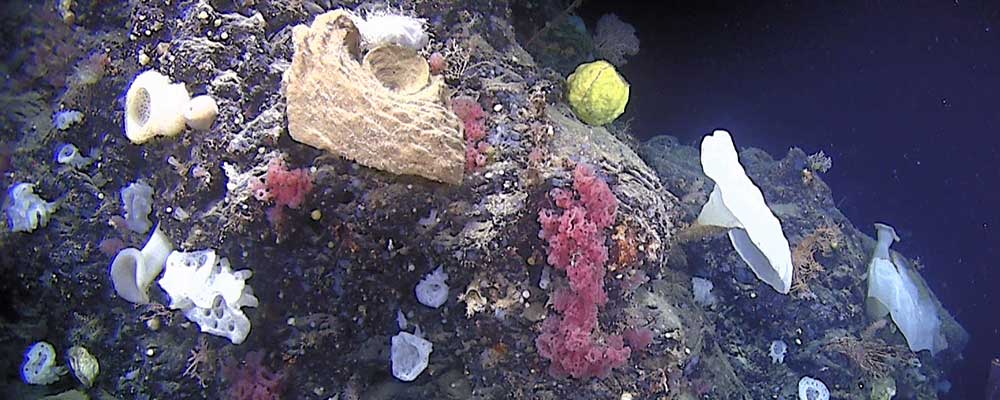
Our changing climate also makes it urgent to set aside ocean places. As humans have continued to pump carbon pollution into the atmosphere, our oceans have borne the brunt. They’ve absorbed the majority of the world’s excess heat and approximately a quarter of the emissions from our relentless burning of fossil fuels.
After decades of enduring this abuse, the world’s oceans are warmer, more acidic, and losing oxygen. The Gulf of Maine is warming faster than almost any other body of water on earth. We’re already seeing iconic species like lobster and Atlantic cod move away from New England waters in search of cooler seas, among many other shifts to the ecosystem.
Protected areas like the monument have greater biodiversity, which builds resiliency to the stress of climate change. They also typically experience an increase in abundance of fish, which can spill over into areas outside the monument – benefiting fishermen.
By creating more protected areas – not rolling back protections for the only marine monument we have – we can prevent the worst impacts of the climate crisis already in motion and benefit New England’s blue economy for decades to come.
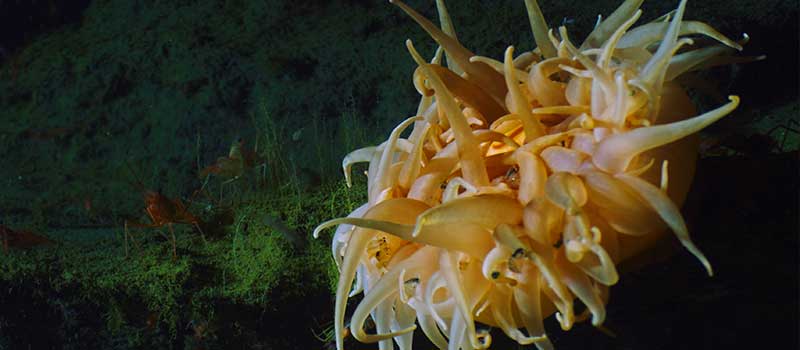
Ultimately, President Trump’s proclamation is simply part of his administration’s shameful pattern of exploiting our public spaces for private profit, weakening critical environmental policies, and harming public health.
So much remains to be discovered and understood, not only in the Canyons and Seamounts but across New England’s ocean. Protecting its most precious areas and fragile resources serves us all.
For now, we’ll see the Trump administration in court.
